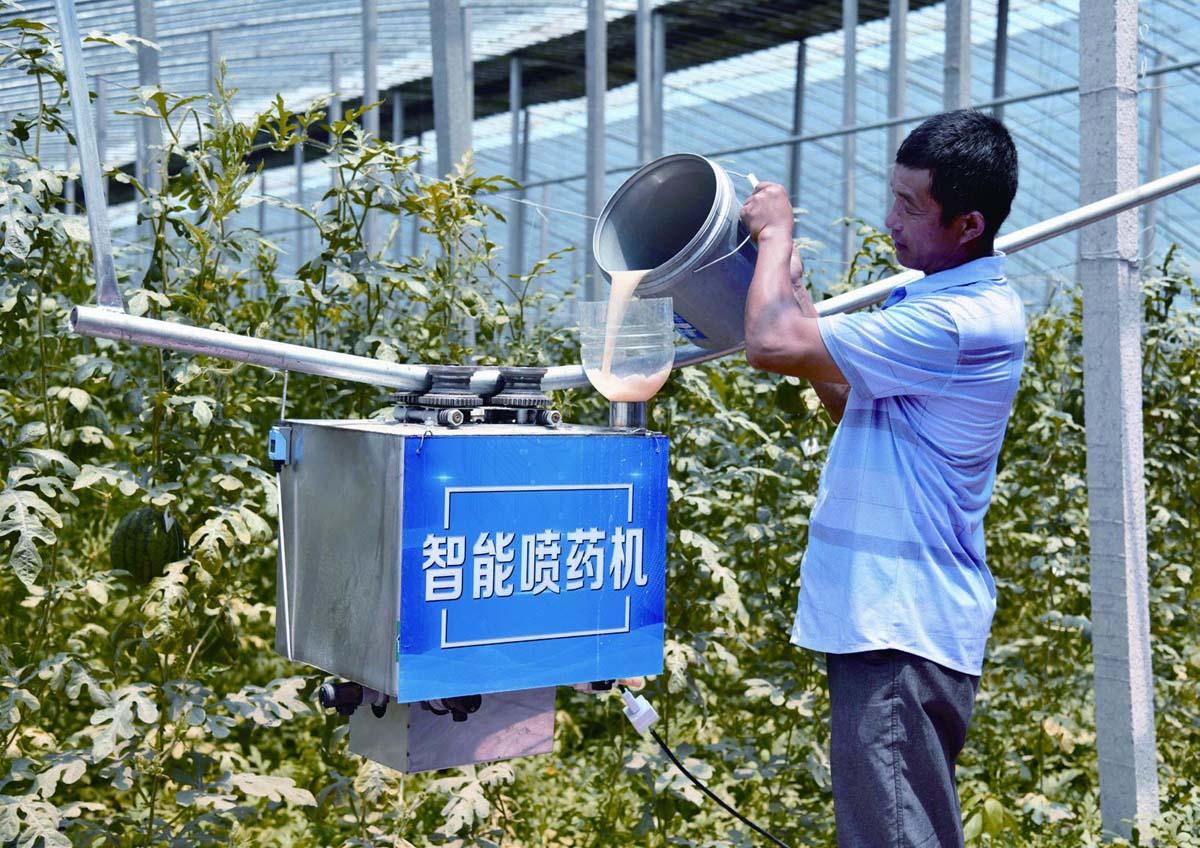Developing Agritech to Build an Ecosystem

Agriculture technology is the biggest opportunity left in the world and China has a great potential to drive agritech innovation and adoption, an industry expert in California said.
“Asia has the largest population increase in the world, which drives innovation. So I think that theres more opportunity in Asia, particularly China, in the next 10 years,” Aaron Magenheim, founder of AgTech Insight, an agricultural and tech consulting fi rm based in California, the U.S., said in a recent interview.
The consultancy is currently tracking 3,000 digital agriculture companies around the world to make an impact on the worlds food supply. It has been building relationships and networks in China for fi ve years.
Digitalizing the industry—collecting farms information and analyzing the information with machine-learning technology—is the trend that “were seeing and that is starting to be adopted,” Magenheim said.
China has been promoting artificial intelligence (AI) in the past years with the goal of making it a major new growth engine by 2020 and becoming a major AI innovation center by 2030.
With the help of AI, farmers are able to be “smarter and proactive” about their crops by determining what needs to be done without having to go out into the fi eld, he said.
“Machine learning will help us know what weve done and how to do it better and share information on whats working and whats not,” he said.
“For example, a farmer can take a picture of a crop problem and load it on a platform, which delivers a response instantly based on the vast pictures that it has analyzed,” he said.
This is an example of the technologies that the United States and China can collaborate on to help improve farmerspractices and meet the worlds food needs in the next decades, he said.
A challenge that most Asian countries face in adopting such technologies is the small size of farmlands.
“In most Asian countries, between 40 percent and 70 percent of their population are involved in agriculture; in the U.S., less than 2 percent of our population is involved in agriculture,” Magenheim said. “So when you look at such a wide population and small farms, you know there are different needs.”
“Trading apps—both to sell farm products and to buy fertilizers and other inputs—are the biggest trend in Asia that were seeing right now,” he said.
Such apps can help a small farm owner sell his produce to a restaurant, to a market or to a central location rather than just the local people that come by, he said.
The “awesome thing” with that is if a lot of small farmers use the app, they will be able to understand the market prices better, he added.
Magenheim said he has had a number of meetings with government officials at different levels in China and they have recognized agritech as “a big priority” in implementing better practices and building an ecosystem.

